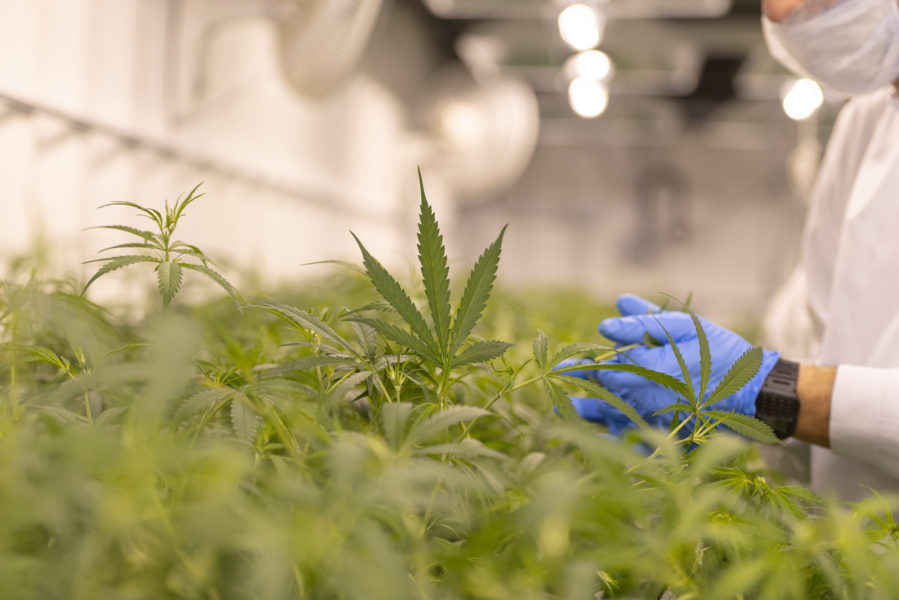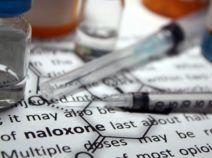Opioid Misuse and Overdose Prevention
Opioids, both prescription painkillers and illegal drugs such as heroin and illicitly manufactured fentanyl, are responsible for most of the 52,000 deaths of Americans every year from overdose. States and localities have implemented a number of legal and regulatory interventions to address this epidemic.
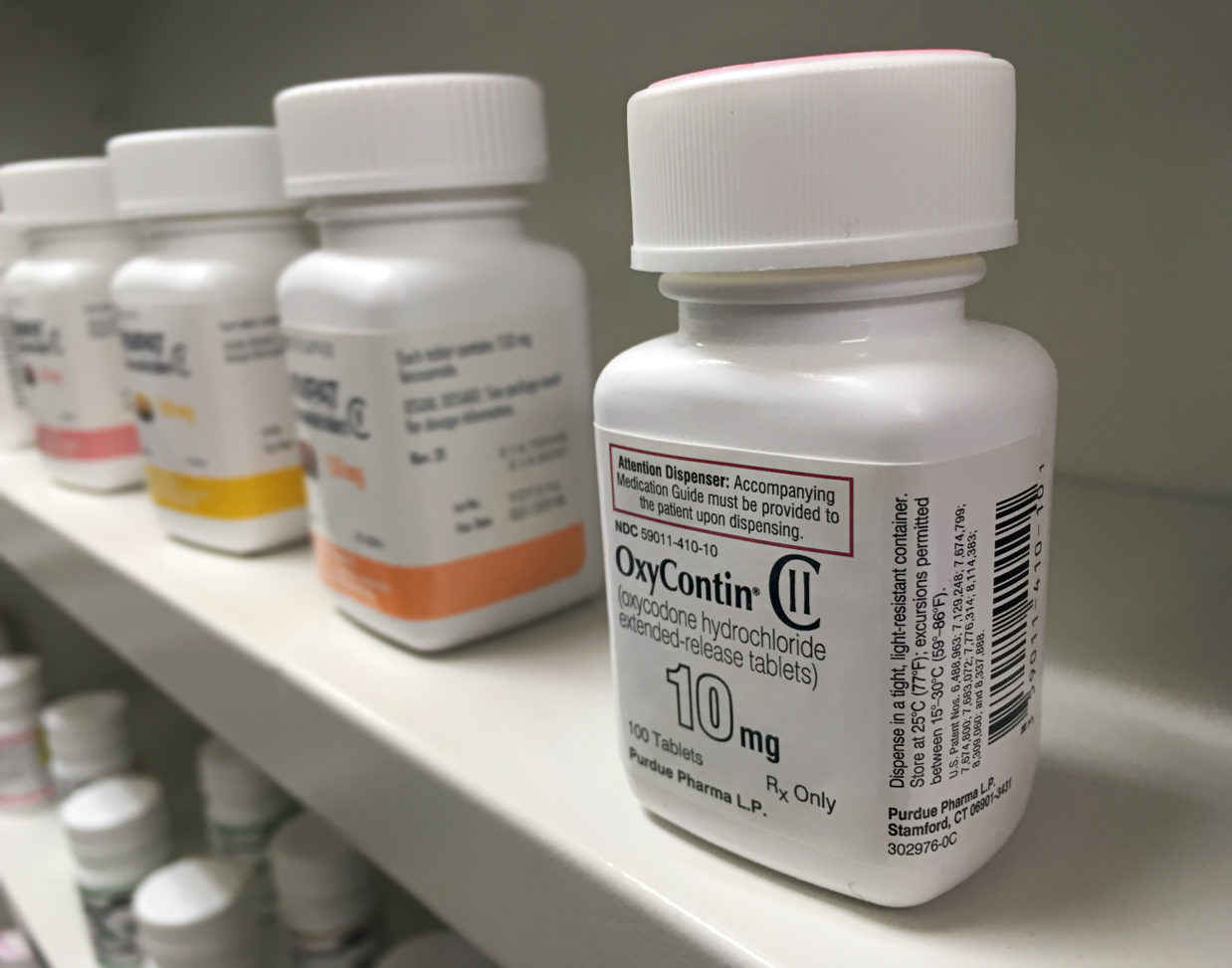
Resources

Legality of Syringe Services Programs in Maryland
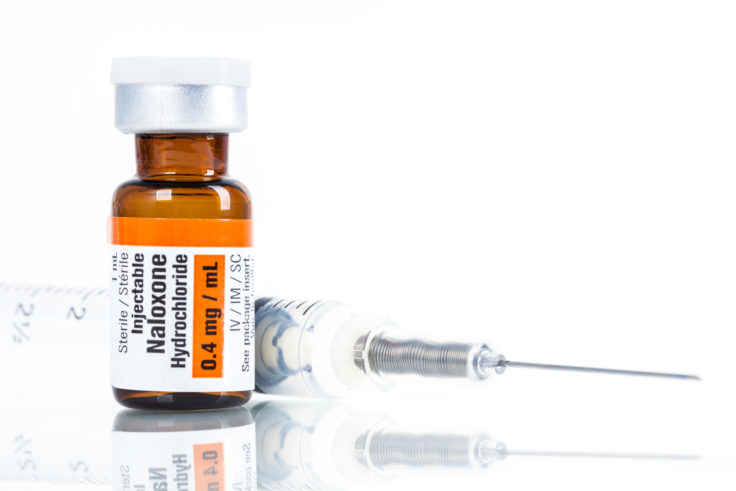
Legal Interventions to Reduce Overdose Mortality: Naloxone Access Laws

Naloxone Prescription Mandates
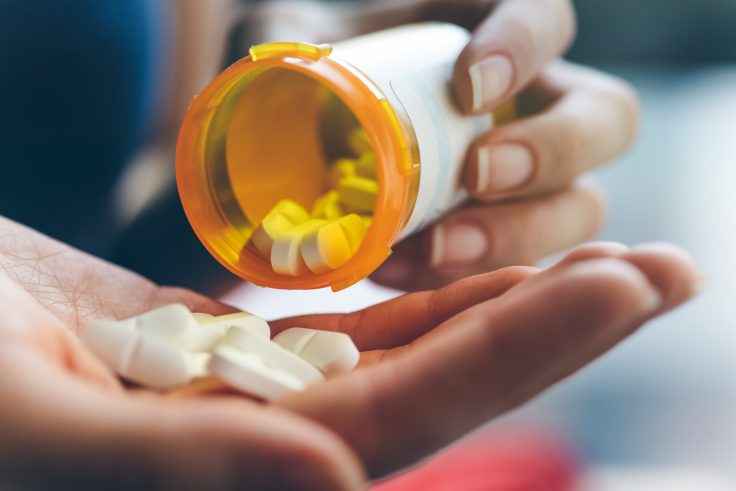
Legal Interventions to Reduce Overdose Mortality: Overdose Good Samaritan Laws
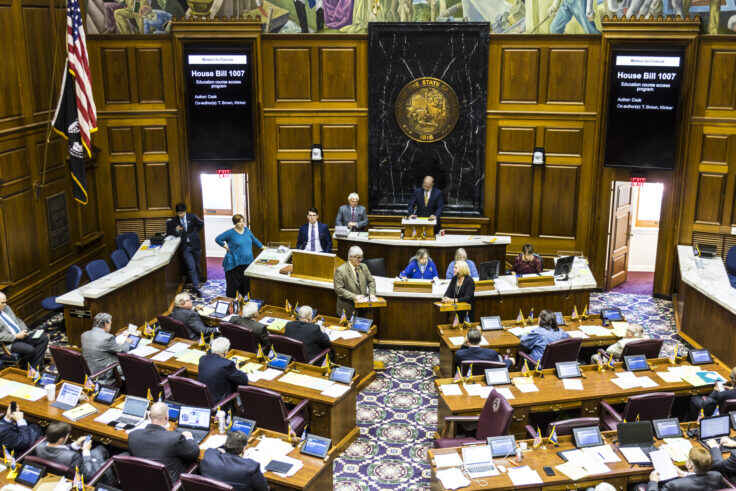
Supplantation in the Context of Opioid Settlement Funds
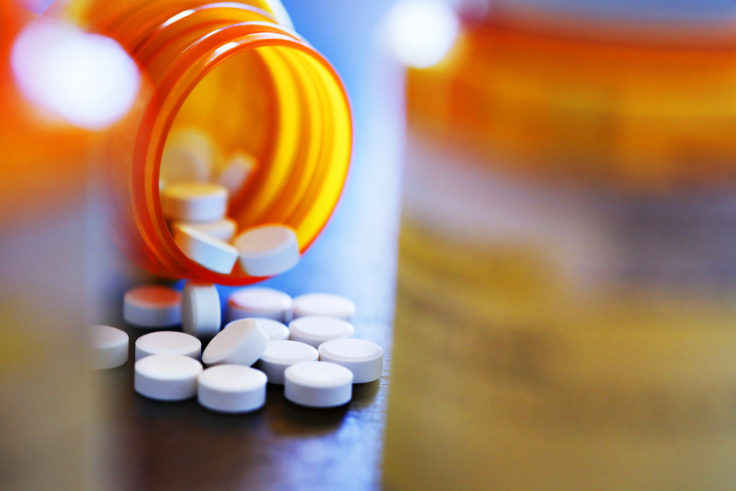
Characteristics of Statewide Naloxone Distribution Mechanisms

Harm Reduction Laws in the United States
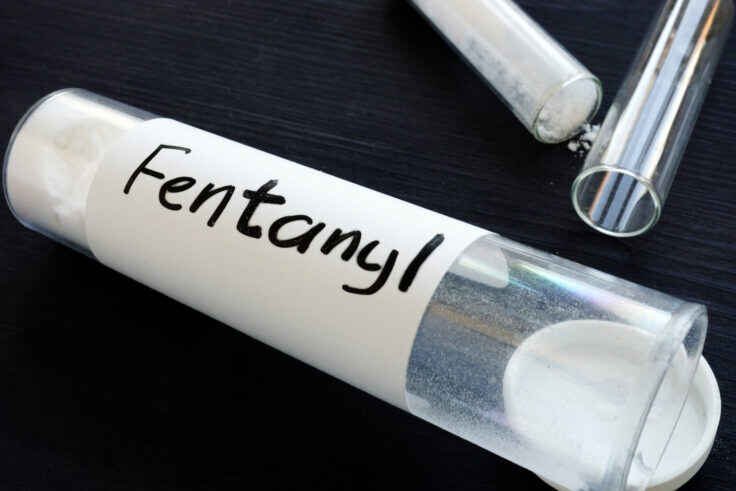
Evidence for Fentanyl Test Strips
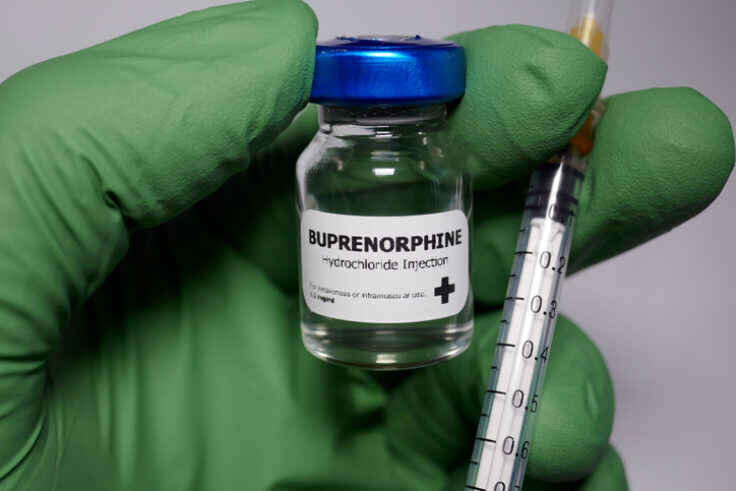
Removal of the “X-Waiver” Requirement

Tennessee’s Naloxone Access Law, Explained
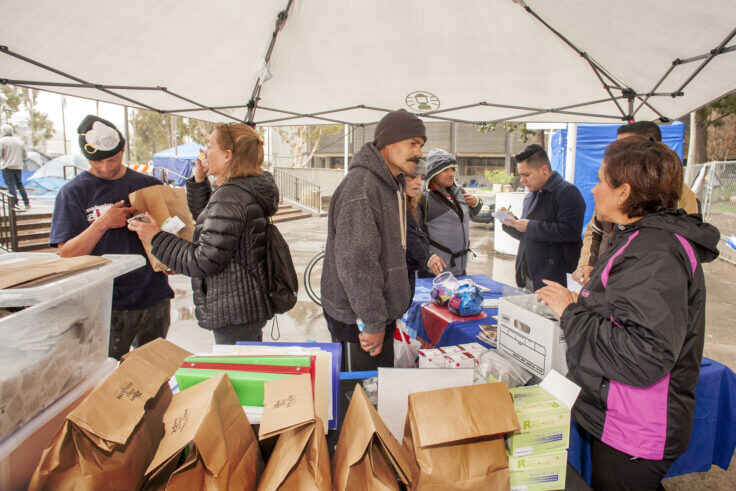
Legality of Dispensing Naloxone to Minors in California
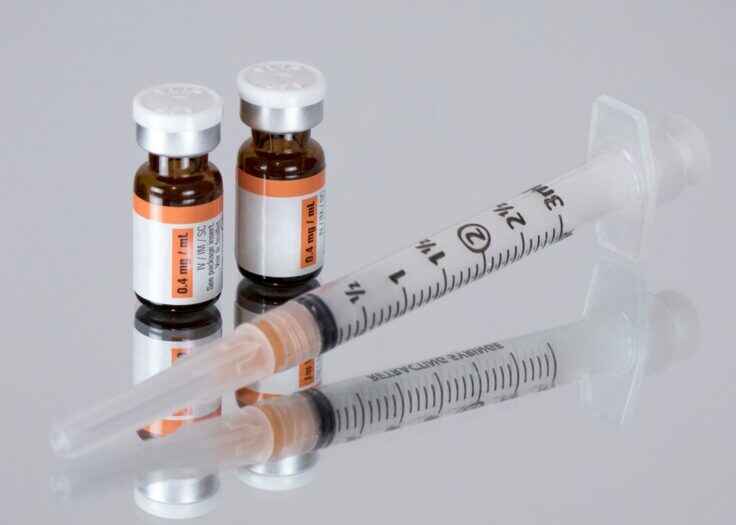
Legality of Expired Naloxone in Tennessee
Explore more sub-topics related to Substance Use Prevention and Harm Reduction
Spotlight
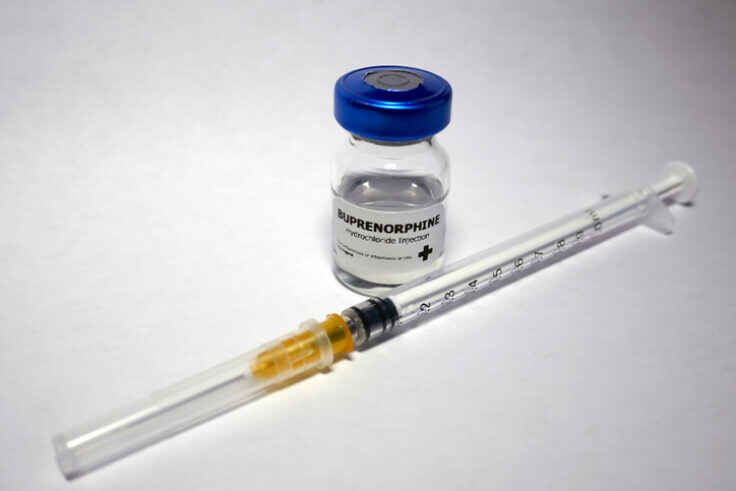
Removal of “X-Waiver” Promises Increased and More Equitable Access to Opioid Use Disorder Treatment

The Network for Public Health Law’s Harm Reduction Legal Project Receives Renewed Funding from Arnold Ventures

Addressing the Inequitable Distribution of the Life-Saving Overdose Drug Naloxone: Could Vending Machines be an Answer?
Learn More
Opioid Misuse and Overdose
Opioids
The United States remains in the grip of an unprecedented epidemic of drug-related harm. In 2017, over 70,000 Americans were killed by drug overdose, surpassing the number lost at the height of the HIV/AIDS crisis. Opioids, both prescription painkillers and illegal drugs such as heroin and illicitly manufactured fentanyl, are responsible for most of these deaths.
States and localities have implemented a number of legal and regulatory interventions to address this epidemic. These include the creation and strengthening of prescription monitoring programs (PMPs), drug take-back programs and initiatives to increase access to naloxone, a medication that effectively reverses opioid overdose. States are also taking measures to increase access to evidence-based substance use disorder treatment, improve prescriber training, and evaluate whether existing programs are having the desired effect.
Explore Topics
Related Healthy Living Resources
How we can help
Legal Research and Assistance
Experienced legal experts are available to answer questions and provide research, analysis and guidance. Tell us what you’re working on. We’re ready to help.


